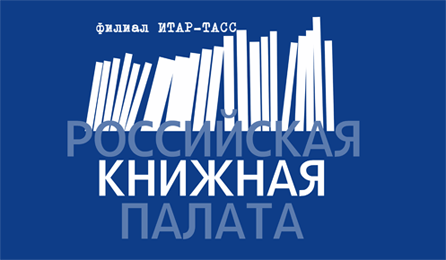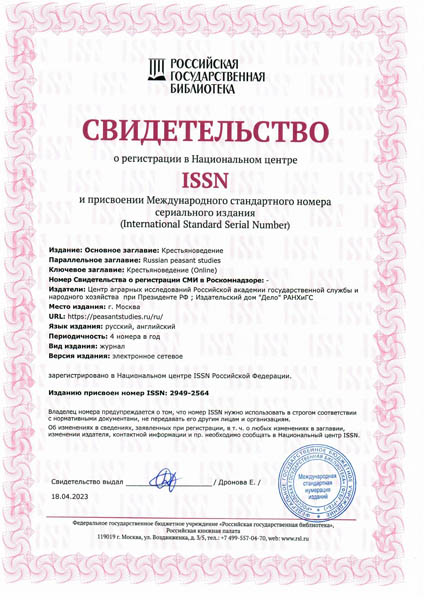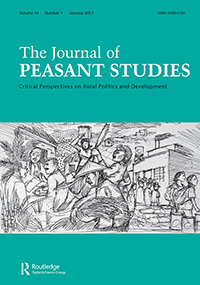Fadeeva O. P. Transformation of the rural self-government: A Siberian case // The Russian Peasant Studies. 2022. V.7. №2. P. 122-157.
DOI: 10.22394/2500-1809-2022-7-2-122-157
Annotation
The permanent transformation of the Russian local self-government comes to its logical end. The trend of management centralization including the ‘upward’ transfer of the powers of local authorities, combined with a decrease in their financial resources, determines the transition to the system of ‘single public authority’ as declared in the new version of the Constitution of the Russian Federation. The author’s description of these changes’ impact on the organization of everyday rural life and rural development challenges is based on semi-formalized interviews with representatives of local authorities in three regions of Siberia. According to the respondents, the redistribution of power resources in favor of the regional level and the reduction of the local self-government powers threaten the ability to effectively solve local tasks, primarily those of the rural development. The not always justified transfer of urban (corporate) management standards to rural areas inevitably leads to manipulations with statistical reports and data which serve as the basis for decisions on the distribution of budgetary funds. Administrative reforms did not solve but rather exacerbated both the direct financing of the local authorities work and the allocation of resources for rural development projects. The co-financing of initiative projects by the population and local businesses did not deliver the expected results. ‘Digitalization’ of management activities by uniform patterns which ignore local features rather creates an additional burden on local administrators than saves costs or increases decisions’ efficiency. The identified trends determine new significant risks for rural life and development. To reduce such risks to reasonable limits, we need deep, carefully thought-out and well-balanced changes in the rural self-government institutions.
Keywords
Local self-government, municipal government, rural development, reforms, formal and informal institutions, Omsk Region, Altai Region, Tomsk Region.
About the author
Fadeeva Olga P., PhD (Sociology), Senior Researcher, Institute of Economics and Organization of Industrial Production, Siberian Branch of the Russian Academy of Sciences. 630090 Novosibirsk, Academician Lavrentieva St., 17.
E-mail: This email address is being protected from spambots. You need JavaScript enabled to view it.





















